Information
No Sidebar
This template supports the unlimited sidebar's widgets.For adding widgets to Portfolio sidebar Click Here
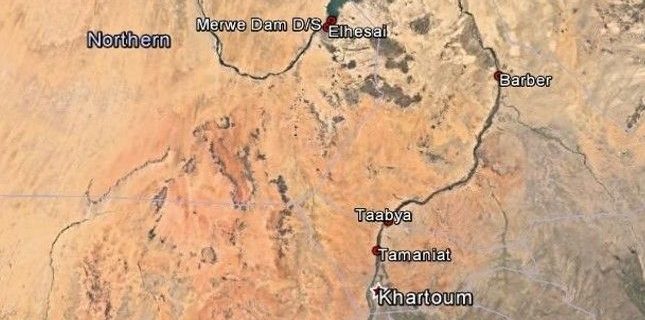
Merowe Dam constructed across the main Nile near the 4th cataract, is the largest dam in Sudan. The main purpose of the dam is power generation; other purposes include agricultural and industrial development of the region, flood mitigation of the downstream areas and improving river navigation.
Accurate reservoir water balance is very important for proper operation of the dam to achieve optimum utilization of the Nile water resources. This will result in strengthening the water management decision-making by assessing and improving the validity of operation scenarios and management strategies.
The objective of this study is to verify the accuracy of water balance components: inflows, evaporation losses,seepage into ground water, and outflow releases to the downstream, and to conduct a reservoir water balance. The study also includes an on-the-job training of the dam’s engineers and developing a User Interface (UI) for the daily operation of the dam.
The methodology of this study consists of collection of historical data, field visits and limited validation measurements of the river discharge.
The collected data includes hydrological, climatic, reservoir characteristics and operation data. Validation measurements of discharge at Elkuro and Elhesai have shown that discharge measurements at both stations agreed with HRC measurement. The study has also shown that the method used in deriving the rating curves at Elkuro and Elhesai is compatible with HRC method. There is no significant difference between (Merowe Dam Electricity Company) MDEC and HRC computed discharges at Elkuro station for daily, 10-days and monthly discharges. The MDEC discharge series at Elkuro was found to be reliable when verified with upstream stations, Tabya and downstream Khushm Elgirba dam. The discharge series computed by HRC for El Hesai station was used for the water balance as verified well with downstream stations: Dongola and
Keddain. The developed User Interface (UI) will facilitate the daily operation of the reservoir as it gives the daily water balance in an automatic way.
The input data for the UI includes water level at Elkuro, upstream and downstream reservoir’s water levels, gates openings with date and time they are effective and the generated power.
See Poster
الواجهة الاساسية للنظام
Related Projects
-
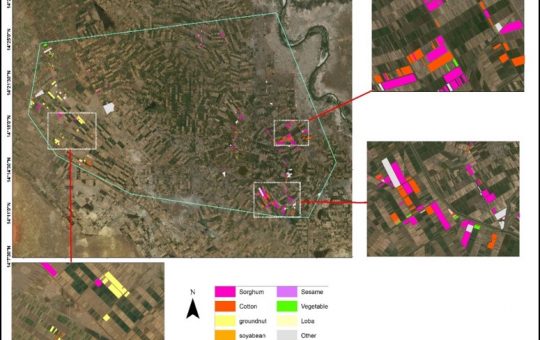
Water Productivity
This project was one of the outcomes of the strategic partnership-setting meeting between the Minister of Irrigation and Water Resources (MoIWR) and the Food and Agricultural Organization (FAO) Sudan...
-
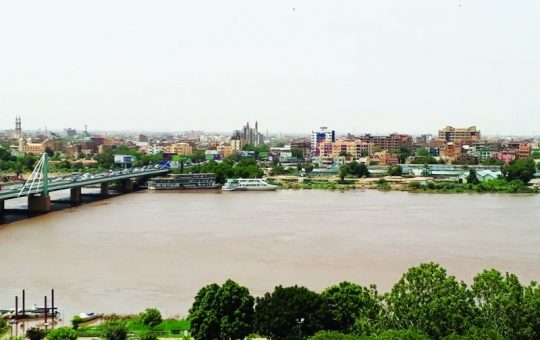
أثر مياه النيل على العلاقات السودانية المصرية ما بعد سد النهضة
تناولت الدراسة بشيء من التفصيل والتحليل أثر مياه النيل علي علاقات السودان ومصر ما بعد قيام سد النهضة الأثيوبي، وكان ذلك في أربع فصول يحوي كل عدة فصل محاور....
-
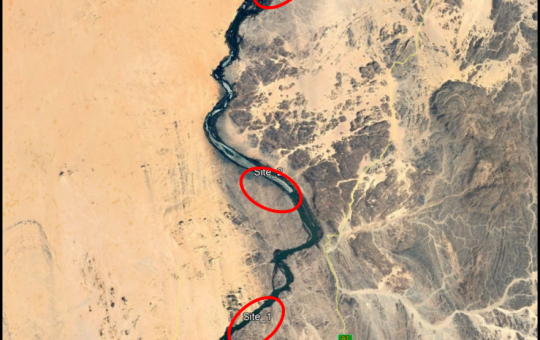
Selection of the Nile gauging site upstream High Aswan Dam
As per a request from the Permanent Joint Technical Commission for Nile Water (PJTC), The Hydraulics Research Center (HRC) conducted a study to investigate a suitable location of a...
-
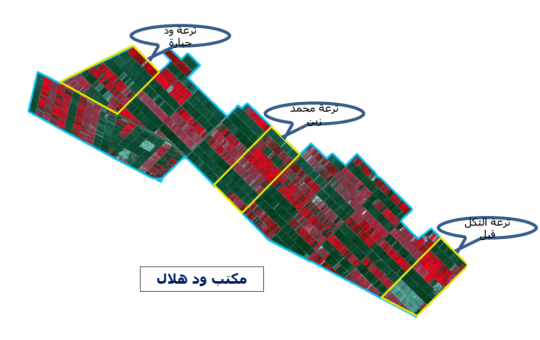
Mapping of Cropped Areas in Gezira Irrigation Scheme Using Remote Sensing and GIS techniques
Irrigation schemes in Sudan face many challenges. One of these challenges is to determine the actual cultivated area for the crops, in particular for large schemes such as Gezira...
-

Investigation of the Drainage Problems of Sabir Branch Protective Drain in New Halfa Irrigation Scheme
This study is intended to investigate the flooding problems of Sabir Branch Protective drain, where every year floods flowing from Albutana plateau threatens New Halfa Irrigation Scheme and also...

